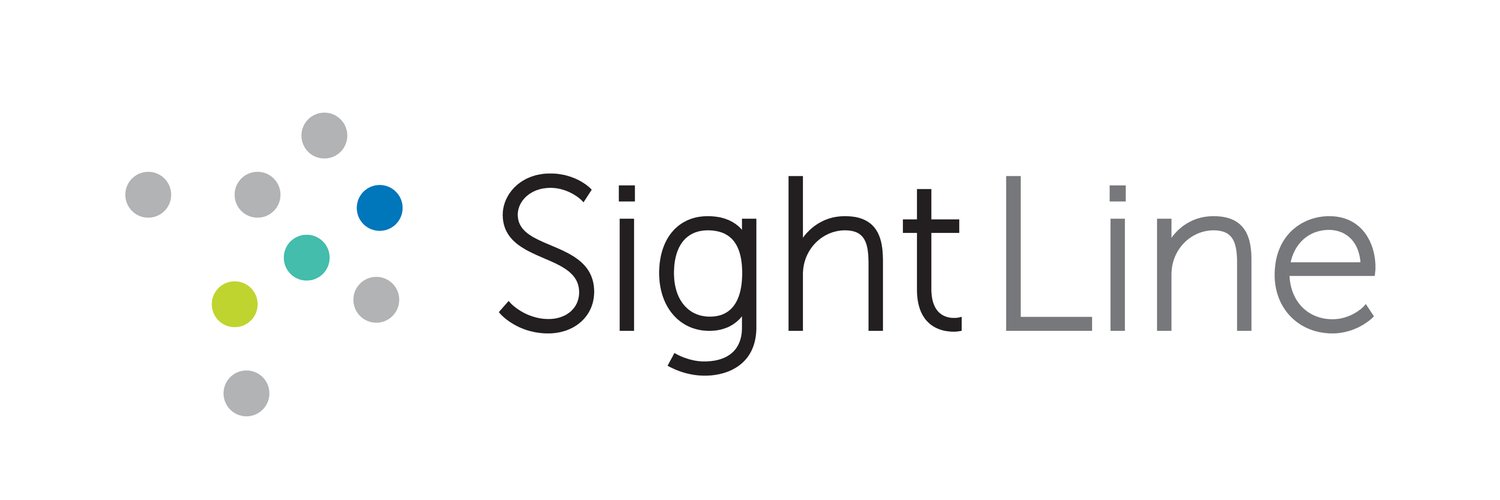Three Ways Price Transparency Increases Access to Education
Access to higher education is a cornerstone of individual growth and societal progress. In recent years, initiatives aimed at increasing price transparency and improving scholarship access have emerged as key factors in boosting college enrollment rates. This article explores how these measures contribute to breaking down financial barriers, empowering prospective students, and fostering a more inclusive educational landscape.
PRICE TRANSPARENCY: ILLUMINATING THE PATH TO EDUCATION
One of the primary barriers to college enrollment has been the opacity surrounding the actual costs of education. Families often find it challenging to navigate the complex web of tuition, fees, additional expenses, and deciding whether or not to take out certain loans. Price transparency initiatives aim to address this issue by providing clear and easily accessible information about the true cost of attending college and the return on that investment.
Clear Cost Breakdowns: Institutions that embrace price transparency offer clear breakdowns of tuition, fees, room, board, and other associated costs without using higher-ed jargon. This enables students and their families to make informed decisions about their financial commitment.
Net Price Calculators: Online tools, such as net price calculators, empower prospective students to estimate their out-of-pocket expenses after factoring in scholarships and financial aid. This transparency helps individuals assess the feasibility of pursuing higher education without being burdened by excessive debt.
SCHOLARSHIP ACCESS: BRIDGING FINANCIAL GAPS
Scholarships play a pivotal role in making higher education more attainable for students from diverse socioeconomic backgrounds. By increasing access to scholarships, colleges and universities can effectively address financial barriers and encourage a more inclusive enrollment environment.
Merit-Based and Need-Based Scholarships: Institutions offer a variety of scholarship options based on academic merit, extracurricular achievements, or financial need. These options should be published online to create avenues for a broader range of students to access financial information and make the best decision for them.
Streamlined Application Processes: Simplifying the application processes for scholarships makes it easier for students to pursue these opportunities. Streamlined procedures reduce paperwork burdens, ensuring that deserving students can focus on their academic goals rather than navigating complex red tape. This includes simplifying timelines and evaluation processes.
Fostering Inclusivity and Diversity
Price transparency and increased scholarship access contribute to fostering a more inclusive and diverse student body.
Democratizing Education: Transparent pricing and robust scholarship programs break down socio-economic barriers, democratizing education and ensuring that students from all walks of life have an equal opportunity to pursue their academic aspirations.
Reducing Financial Anxiety: When students have a clearer understanding of the costs and available financial support, they experience reduced financial anxiety. This sense of security encourages more individuals, particularly those from underrepresented groups, to pursue higher education without fear of insurmountable debt.
Price transparency and scholarship access stand as powerful catalysts in the mission to increase college enrollment rates. By empowering students with clear information about costs and offering robust financial aid opportunities, educational institutions contribute to a more accessible, diverse, and inclusive higher education landscape. As we continue to prioritize these initiatives, we move closer to a future where every individual, regardless of their financial background, can pursue the transformative journey of higher education.
SightLine has many solutions to help university partners become more transparent in tuition pricing including financial aid optimization (ensure scholarships are used most effectively), financial aid budget forecasting (accurately forecast financial aid payouts to utilize resources more effectively), and deep dive consulting on enrollment and financial aid communications. Contact us to learn more, we'd love to help you move towards price transparency!
